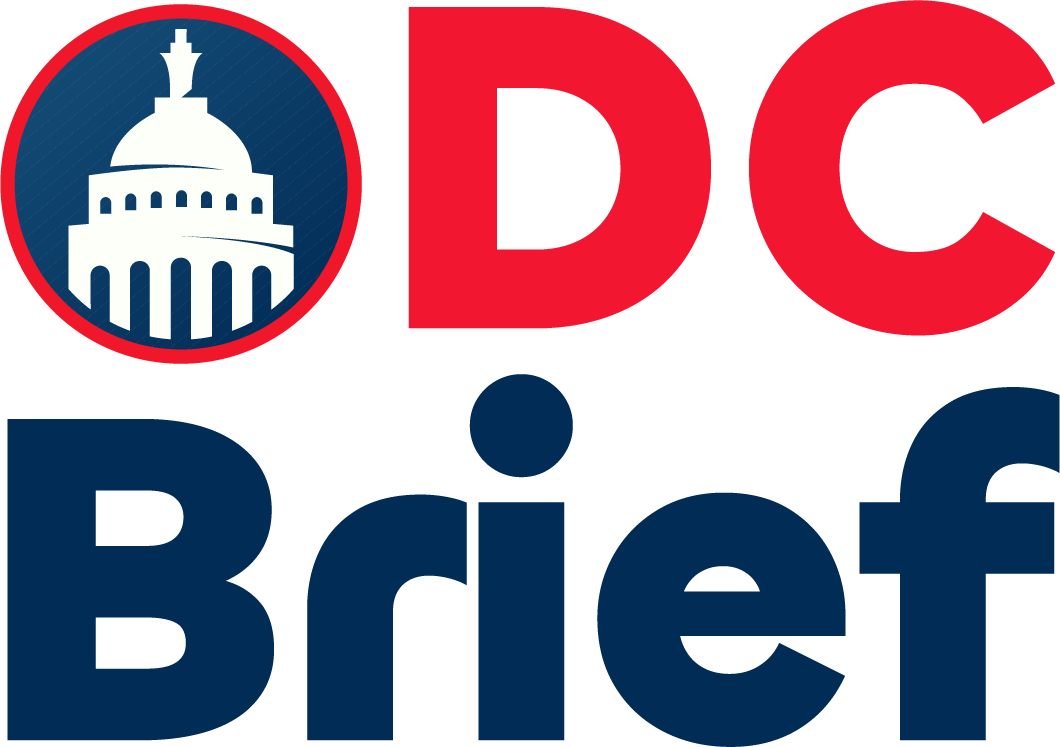After a challenging year marked by significant setbacks in the Middle East, Iran has increasingly turned to its influence over the Houthi militant group in Yemen to further its strategic goals. Iran’s proxy forces in the Gaza Strip, Lebanon, and Syria have faltered, prompting Tehran to rely more heavily on the Houthis as a key tool for regional leverage.
Sources close to the Iranian resistance group, the People’s Mojahedin Organization of Iran, have revealed that senior figures within Iran’s Islamic Revolutionary Guard Corps (IRGC) are directly involved in Houthi decision-making processes. Reports suggest that even Iran’s Supreme Leader, Ayatollah Ali Khamenei, maintains direct oversight of the Houthi group.
Supporting recent assertions by President Trump regarding Iran’s role in sponsoring the Houthis, the reports indicate that a high-ranking IRGC commander from the Quds Force—the elite arm of the military—has been directly commanding Houthi operations. According to intelligence gathered by the National Council of Resistance of Iran, Khamenei personally oversees all military and political actions related to the Houthis, with each initiative requiring his approval before being implemented.
The report further claims that Khamenei has emphasized the importance of Houthi attacks and has instructed the IRGC to supply the group with necessary arms and resources. This comes at a time when Iran’s “Axis of Resistance,” including its proxy forces in Gaza, Lebanon, and Syria, has been weakening, particularly due to ongoing conflicts involving Hamas, Hezbollah, and the Syrian regime.
The Houthis have been involved in over 100 attacks on commercial shipping vessels since the October 7, 2023, Hamas-led attack on Israel. Tensions further escalated when the Houthis threatened to attack Israeli vessels after Israel blocked humanitarian aid to Gaza.
In response, President Trump has pledged to use “overwhelming lethal force” to stop Houthi attacks, stressing that Iran will be held “fully accountable.” The report identifies Brig. Gen. Abdolreza Shahlai as the key figure in charge of Iran’s military, political, and economic activities in Yemen, including Houthi operations. Shahlai is noted to have close connections to Qassem Soleimani, the former Quds Force commander who was killed by a U.S. drone strike in 2020.
Additionally, the Iranian Embassy in Yemen is reportedly under the control of the Quds Force, with no evidence suggesting the presence of Iranian Foreign Ministry personnel. The embassy’s activities align with broader Iranian goals of exporting instability across the region.
Ali Safavi, a member of the NCRI’s Foreign Affairs Committee, emphasized that the root cause of regional instability is Iran’s regime, sustained by domestic repression and its support of terrorism abroad. He argued that the only viable solution to the Iranian crisis lies in the regime’s overthrow, supported by a robust international response.
To address the Iranian issue, Safavi advocates for a clear and decisive international policy that includes recognizing the legitimacy of the Iranian resistance, designating the IRGC as a terrorist organization, activating the U.N. Security Council’s snapback mechanism, and backing the efforts of the Resistance Units in their fight against the Iranian regime.
For more political updates, visit, DC Brief.


